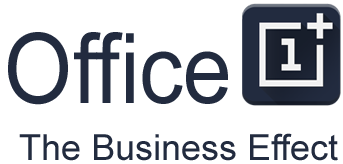A business website makes your business look more professional, creates a community, strengthens marketing, and increases trust and credibility. Website launching can be a complicated process, and it requires proper planning as there are so many active websites.
Your business website is the heartbeat of your online stance, so a successful website launch is critical to your business. You can easily fumble and miss the important steps for launching. To help you through these mistakes, this article gives the checklist to follow when launching a website.
Table of Contents
1. Selecting a web hosting provider.
Selecting the right web hosting provider with the right website builder tools is a critical decision that impacts your website visibility and performance. Pick a web hosting provider with the necessary bandwidth to keep your website running smoothly. Here is how you can evaluate a web hosting provider
- Reliability—you want your website to be consistent and available to your clients at all times. Check reviews and feedback from other people to measure the reliability of your desired web host.
- Server’s performance – performance is a vital matrix in web hosting as it impacts users’ experience.
Stability and responsiveness to emergencies - Customer support—check if they have customer service that can address issues quickly and if they have 24/7 customer support.
- Scalability: Consider your business’s future growth and pick a web hosting supplier to accommodate your needs as traffic expands.
2. Domain names.
Your domain name is your online locator. If your domain name is not unique and memorable, you risk losing a lot of traffic. A good domain name should resonate with your brand services, product, and target audience.
A domain name is the first thing people will see, and it will stay with your business no matter how large it grows. Here is a checklist for picking a perfect domain name.
• Choose brandable over generics.
• Keep it short.
• Easy to spell and pronounce.
• Avoid using numbers, hyphens or double letters.
• Use recognizable extensions.
3. Design and page contents
After registering your domain name with a reliable provider the next step is to customize your website. A modern web design should be mobile friendly, have clean typography, have engaging and responsive images and should have a high speed load.
Additionally, content planning is king to this digital realm. Create content that relates with to your brand it should be informative and engaging to keep the audience coming back. Before you start crafting content define your audience, have a clear plan and set realistic objectives.

4. Website security.
Website security is paramount. Protect your website from cyber hacks by implementing strategies to defend you against malicious attacks and data breaches. Key security measures to implement include backup solutions, SSL certification, strong passwords, security plugins, and firewalls.
5. Validate your website.
Run several tests such as website authenticity, URL and domain age, functional and user acceptance tests, and ensure your website is mobile-friendly.
Conclusion
After successfully launching your website, the job doesn’t end there. There are other factors to consider to ensure that your website is successful. Continuous effort is needed to ensure that your website yields results. Leverage the available marketing channels, such as social media, email marketing, paid ads, influencer marketing, and affiliate marketing, to grow your website.

